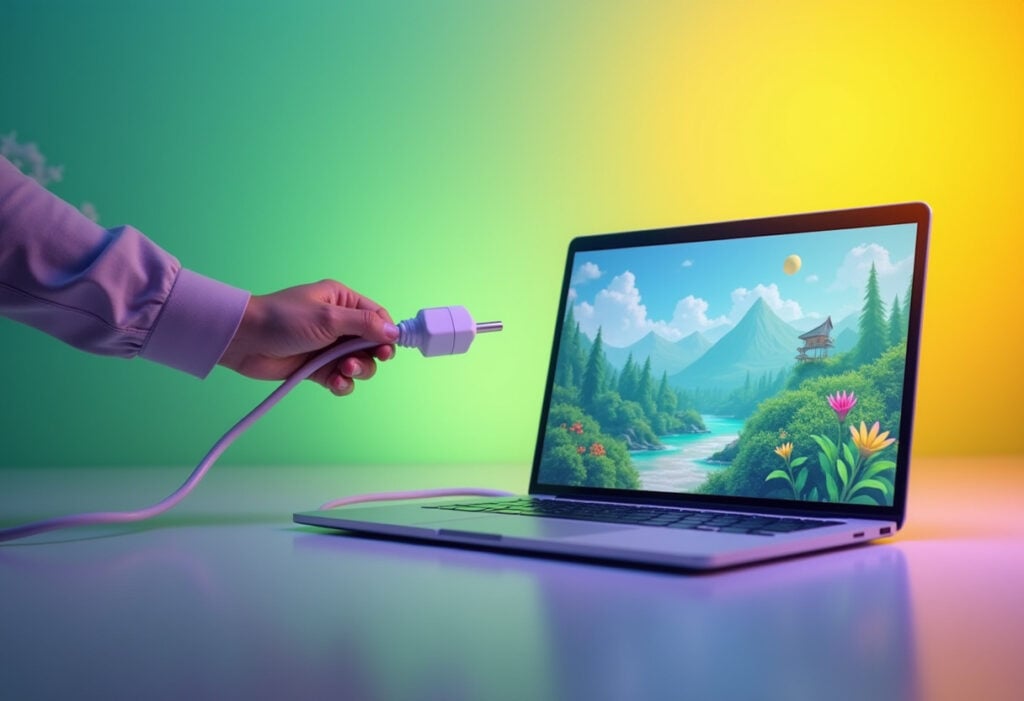This blog is the second in a three-part series about outdated SEO tactics that you should avoid. Here, we’ll focus on content and other aspects of on-site SEO. You can read part one here, which details some common misconceptions about keyword research that people still abide, and part three will look at old link building tactics. Get ready to un-learn some archaic SEO!
In our previous edition of Archaic SEO, we looked at some outdated concepts and tactics that still plague the use of keywords. Hopefully (if we are doing our jobs well enough here) you will now know that meta keywords are not only useless but potentially harmful for your SEO; that stuffing and cloaking your keywords is a manipulative tactic that will get you in trouble with a particularly discerning panda bear; and that the concept of keyword density is just plain dumb.
But let us put these keyword offences behind us (at least for now) and move onto a different chamber of horrors altogether. Even in 2020, you can find poor quality content all over the web, clogging up the SERPs, your social media feeds, and perhaps even your own website. Manipulative or spammy content continues to haunt the SEO world despite never being of value to either the user or to search engines. It comes in many shapes and sizes; the one common denominator being that it is a lazy way to try and manipulate the search results!
It is to the benefit of all businesses to understand why the outdated and spammy approaches to content creation listed in this article are no longer worthwhile in 2020 – not just to scare you, but to prevent you from undermining the online presence of your business. Let’s start by looking at some crimes against content which, despite being refuted by SEO pros, despite being penalised by search algorithms, and despite being annoying to everyday users, are still regularly committed by SEO bandits looking to gain quick rankings with minimal effort.
Thin content
Content is a crucial aspect of any SEO strategy. Its importance cannot be understated: not only does high-quality and in-depth content help improve your traffic, rankings, conversions, and all that good stuff, but it also helps build trust between consumers and businesses. Indeed, in a previous article on this blog, we discussed how SEO content over the years has changed from a simple means of dropping in keywords to a genuine means of offering value to users. Ever since the onset of the Panda Update, websites have begun to realise that content must serve a purpose beyond appeasing search engines in lieu of a positive user experience. Content does not exist simply to fill space – to bulk up a website and make it look substantial. As we always say: bigger is not better… better is better! However, despite this change in tide, some marketers are still thinking of ways to subvert this idea…
Enter stage left: thin content – that’s any part of a website that provides little or no added value, both to the users discovering that website via search and to the search engines themselves. Thin content comes in many different forms (which we have detailed in the following sections), each of which have the aim of helping websites achieve the results offered by effective content (i.e. top rankings, high CTRs, more conversions) without putting in the same amount of effort. They are a hangover from a pre-Panda age in which the value of content was yet to be realised; in which most businesses simply could not justify spending their precious time and resources on writing content that was actually substantial, useful, accurate, and coherent.
But a lot has changed. Content in 2020 has a totally different meaning than it did 10 years ago. It has grown from a mere vessel for various quick search engine hacks (e.g. keyword stuffing) into one of the most powerful marketing tools available in the online space, and more broadly, an essential consideration when drawing up a comprehensive business model. In recent years, content has enjoyed new levels of accessibility and shareability due to the rise of social media, mobile devices, and of course global internet usage. In other words, content is serious business. And you should treat it as such. ‘Content Marketing’ is a new and fast growing facet of marketing, with content marketing specific agencies sprouting up everywhere! Any marketer worth their salt will understand that workarounds involving thin content are never effective in the long run; that they are incompatible with the content landscape of today. But unfortunately, many people still choose to live in the past – hence the existence of this article!
That’s the bigger picture, but now its time for the details. What makes a piece of content ‘thin’? Google have stated that the concepts listed below fall under the wider umbrella of ‘thin content’, as each can be defined as a type of low-quality content that offers little value to users of search. (Note: these tactics are not only outdated, but also in breach of Google Webmaster Guidelines).
Auto-generated content
Some marketers seem to find content so boring that they literally want nothing to do with it. They don’t want to write it; they don’t want to optimise it; they don’t even want to think about it. They do, however, acknowledge that content helps improve the visibility of a website in search, so they look for easy ways to get a piece of the action without doing, well… anything at all. One of these ways involves getting a computer program to automatically generate content, removing the need for a human (i.e. time, money, and effort) to write or publish a single word.
Unfortunately, these programs are neither sentient nor literate. The best they can do is churn out a block of text that is ‘keyword rich’ and has the ‘optimum keyword density’ but remains utterly meaningless in the eyes of real people (the only eyes that truly matter). And if you think that any modern search engines will give priority to gibberish just because it contains some keywords, you must have missed our previous blog post about how not to use keywords in 2020.
Scraped content
What if you understand that your content needs to be penned by human hands for it to stand a chance on Google but still find it difficult to justify writing that content yourself? In such cases, some may resort to uploading content written by other people (‘scraping’ it from other websites). This content may be taken from reputable sources that already have a good deal of authority (such as national news outlets or respected blogs) or free article directories that exist solely to provide others with ready-made content. What is the purpose of this tactic? For many scrapers, it’s an attempt to beef up their website, give it an air of legitimacy, make it look more substantial, and improve its search visibility – all without looking overtly spammy. That’s the theory anyway. But despite how this scraped content appears to users at first glance, Google does not like it.
For a piece of content to offer value it has to be unique in some way. In the eyes of Google, websites that simply copy the content of others, word for word, without adding anything of value, are likely to have a disregard for relevance and originality. Such websites often face penalties, and some even get tangled up in copyright infringement. These are worst case scenarios – but most of the time, scraped content simply will not get anywhere near top rankings. Matt Cutts, the formed head of web spam at Google, claimed on his personal blog that “searchers are more likely to see the sites that wrote the original content rather than a site that scraped or copied the original site’s content.” So open up a Word document, position your hands over the keyboard, and write your own content. It’s not just better for your SEO, but for your business as a whole.
Spun content
This tactic is like the sneaky version of scraped content. The content in question is still copied, but the text is modified slightly (or ‘spun’) to resemble a new and original piece of content. Spinners will either substitute certain words with synonyms (often in line with target keywords) or run the content through a rewording tool which keeps the grammatical structure of the text while paraphrasing the wording of it. The idea is that spun content is both easy to produce and much harder to flag as duplicate content (even though, in spirit, the content is still scraped). With this technique, we can see how black hat SEOs back in the day became increasingly cunning as they tried to work around search algorithm updates for quick and easy rewards. But ultimately, the impact of spun content remains very negative for any website looking for long term success.
The resulting content will still come across as spammy and messy to most users who read it, and Google have sophisticated algorithms which can flag up spun content in a heartbeat – especially in cases where a website is regularly uploading or receiving links from spun content. But even to this day, there are plenty of cheap SEO agencies who approach small businesses, promising to create hundreds of pages of content with a view to boosting their search rankings. And they will actually create that much content, it just never ends up working in the long run. Any spike in search rankings that does occur will eventually be followed by a catastrophic drop, often due to a Google penalty (the Panda Update strikes again!). The moral of the story is this: if you want the results, you have to put in the work.
Writing for bots
The common denominator in all of these cases is the practice of writing content for Google bots, as opposed to users. Content written for bots has the express intention of winning their favour; of spelling out why this particular page is worthy of higher rankings compared to other pages. Putting aside the tactics used to create this kind of content and the many problems they have, there is a more fundamental problem with the ethos underlying these tactics: bots are just bots. They do not have minds. They cannot digest a piece of content and act upon it.
Real people, on the other hand, can actually process the value your content in meaningful ways. People can have a genuine interest in the content you write. They can get something from it. This makes writing content for people much more helpful to your business at the bottom line: because people have money which they may decide to use to buy your products or services (at least on the condition that their first impression of your business is not something akin to a spilled bowl of alphabetti spaghetti). We know who we would rather create content for…
To read more about these spammy and outdated techniques surrounding the use of keywords, have a read of Yellowball’s in-depth SEO Glossary. Stay tuned for more archaic SEO concepts – next time, we’ll be digging up some ancient relics from the field of link building.









